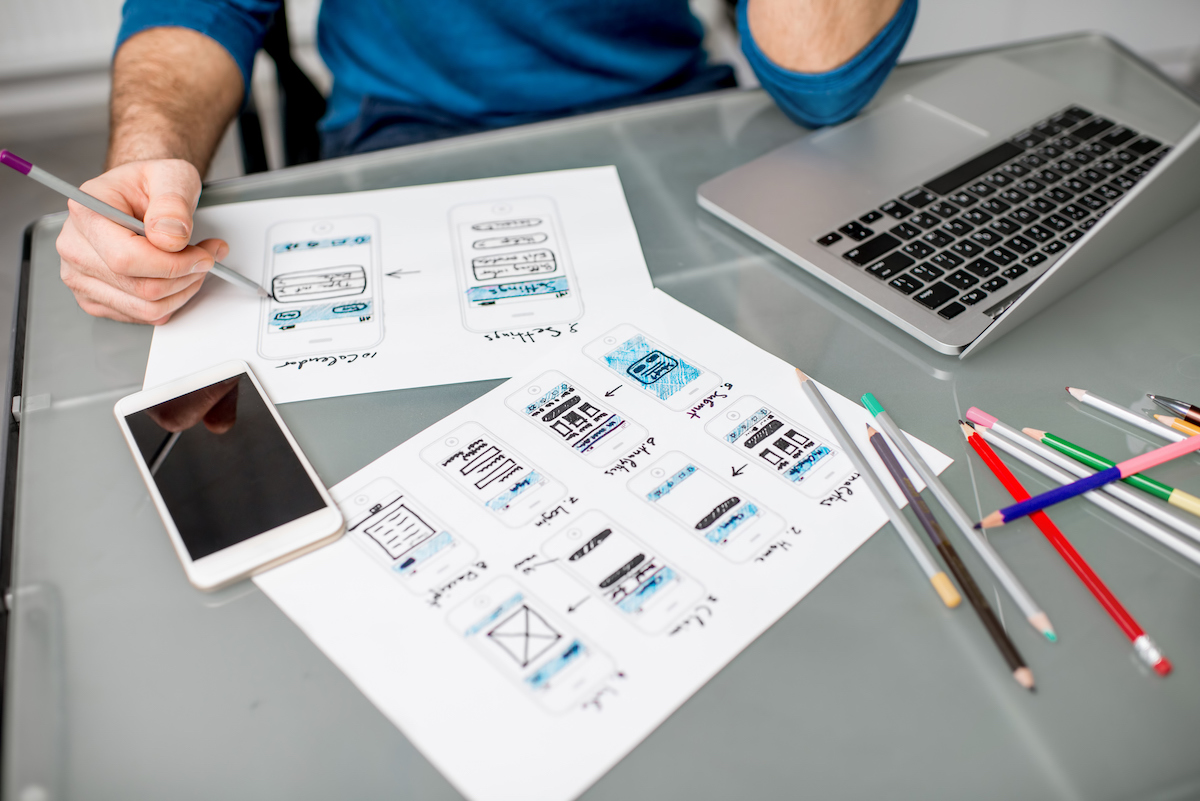
Mobile apps continue to transform the way we do business. No industry is immune from disruption as more apps enter the market every day. In the water quality industry, apps enable employees to get more done in less time, covering more ground along the way. Instead of having to physically inspect water quality, employees can use mobile apps that complement specific water quality instruments like pH testers and conductivity testers to track important data on their phones, keeping tabs on water stored in various locations from one device. This enables them to monitor more water in more locations more efficiently.
Unfortunately, companies can’t use just any old app and expect to get great results. Mobile apps need to be designed in a way that makes them easy to use, highly secure, and feature-rich. No two organizations have exactly the same workflows. To get the most out of a mobile app in the water quality industry, companies need to make sure it is designed with their specific needs in mind.
After you’ve decided that your business needs a mobile app to complement the water quality instruments you use or sell, you need to determine whether you’re going to build it in-house, hiring expensive developers along the way, or work with a manufacturing partner that can build a custom app for you. Instead of spending a ton of money on developers and waiting several months for an app to be built, you can save time and cash by partnering with a company that can aid you in app design and development.
If you’re thinking about joining forces with an ODM/OEM partner to develop a mobile app for water quality instruments, here are five key components to keep in mind as you start designing your solution.
1. User experience (UX)
In order for users to get the most out of your apps, they need to be easy to use. Unfortunately, many apps in the water quality industry try to cram too many features, resulting in apps that are difficult to use. Today’s leading apps, on the other hand, feature an intuitive design that users can easily figure out, ensuring they’re productive right out of the gate. When apps are poorly designed, employees are unlikely to use them with any level of enthusiasm because the experience is frustrating and unhelpful. When designing your mobile app, it is therefore critical to keep UX top of mind at all times. The stronger your app’s UX is, the higher your return on investment will be.
2. Engineering
Great apps don’t come out of thin air. They are built by talented developers who know how to code and deliver an exemplary user experience. As you go about building an app, you need to consider how it should be engineered. For example, developers typically need to know different languages to build apps for both iOS and Android. An iOS app might be built using Swift while an Android app is written in Java. Maintaining and adding features for two different apps requires twice the work. However, companies like Google and Facebook are pushing new languages like Flutter, which let you build and manage iOS and Android apps using the same code. To this end, you need to put a lot of thought into how you engineer your app up front to make sure you take the path that makes the most sense and saves the most work on the back end.
3. Quality assurance (QA)
Let’s say you’ve designed a beautiful app. That’s great! Now, let’s say it doesn’t work like it’s supposed to. That’s not so good! QA and software testing play critical roles in ensuring employees can use apps productively. Thanks to QA, you get the peace of mind that comes with knowing the app you roll out will help your team get more done. QA and UX teams are closely related because they both consider how app layout, design, and functionality work together from the end user’s perspective. The best apps are built by teams that have QA tightly integrated into their development process. Part of this process is continuous upgrade of the apps to implement fixes and new features.
4. Support
Companies that decide to transform their operations with a mobile app are making a major decision. The last thing they want to do is to digitize their workflows only to find out a few days or weeks later that they can’t figure out how to use an app effectively or something is simply not working correctly. As you’re thinking about designing your app, consider the level of support that will be available to users (e.g., technical support, documentation and how-to tutorials) on the other side. The best development partners are always willing to help their users succeed.
5. APIs and Extensibility
Well-designed apps can integrate with other systems, enabling teams to share information faster and perform robust analytics across ever-increasing swaths of data. When designing apps, the best developers consider the role APIs can play in automating certain parts of their users’ workflows to help them be even more effective. Great apps should be able to integrate with the other tools users rely on, helping teams make better decisions faster.
Are you ready to find a partner to build an app that works with the water quality instruments your team relies on every day? To learn more about why partnering with Jenco can help your company build the mobile app it needs to get to the next level, check this out.


Comments